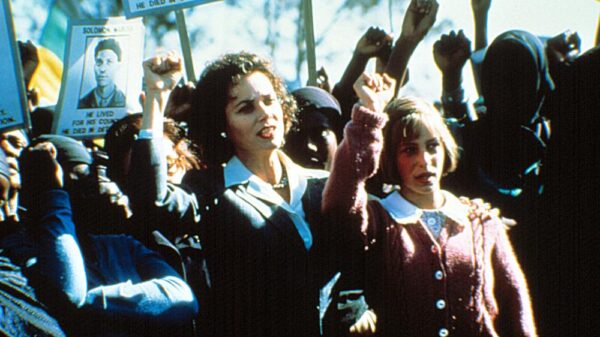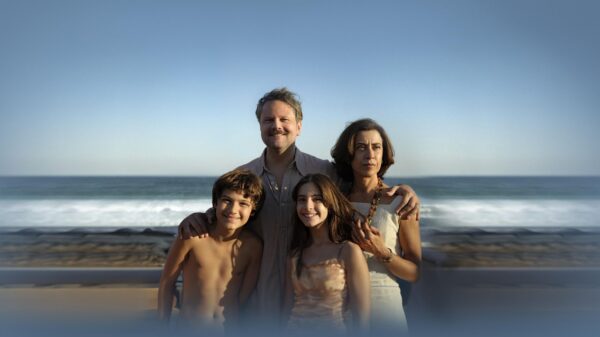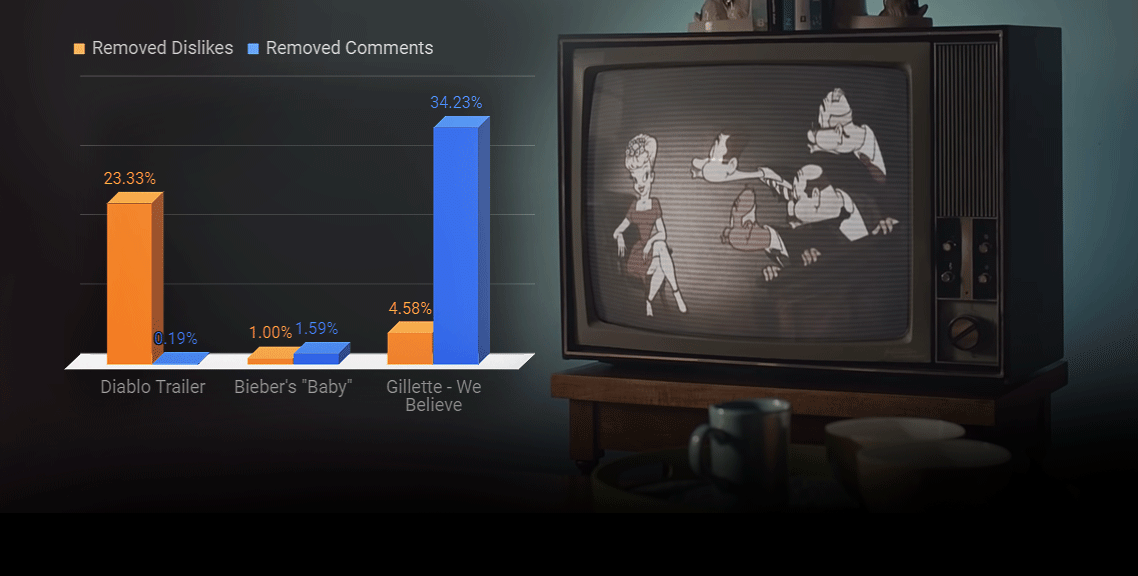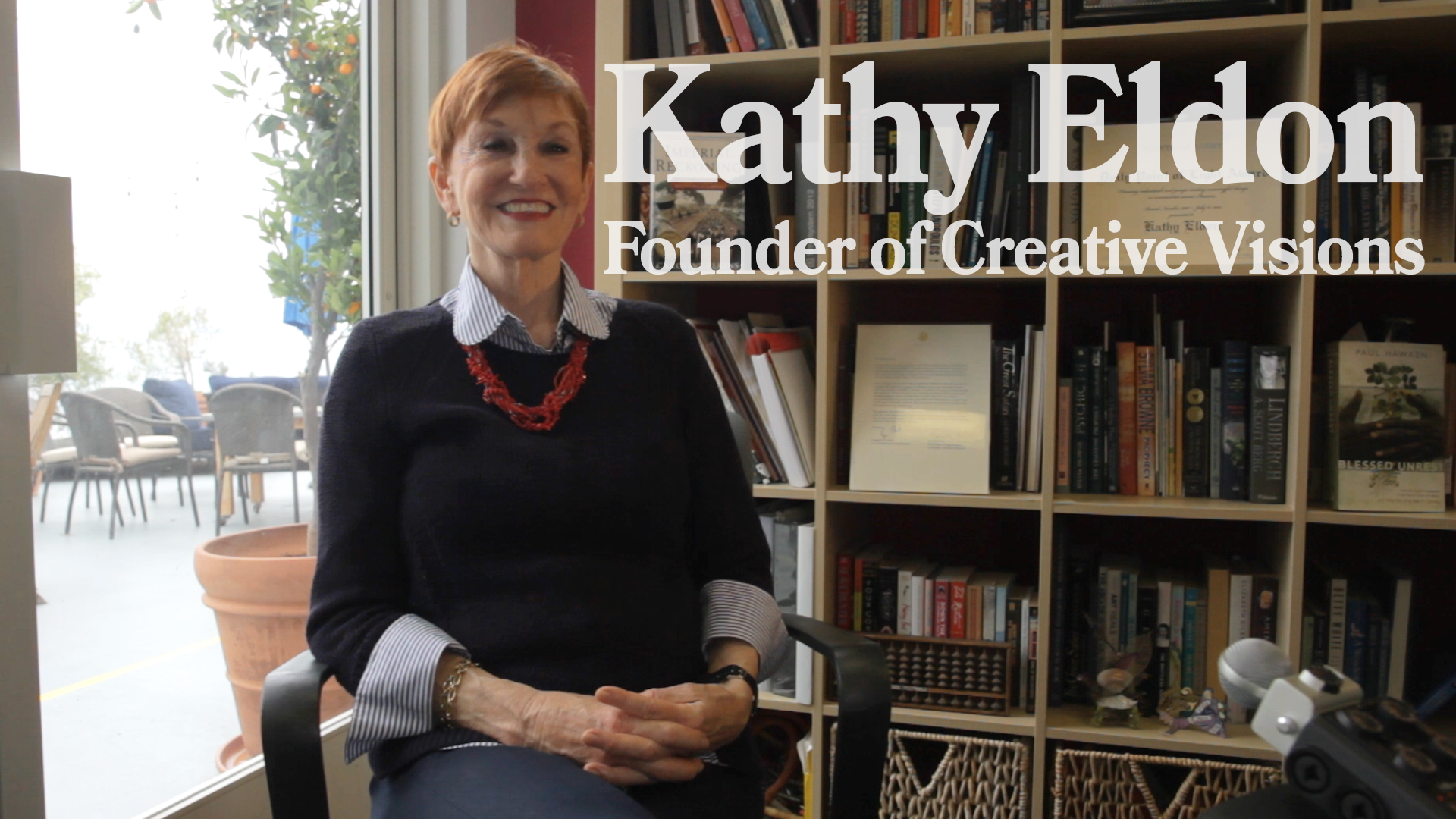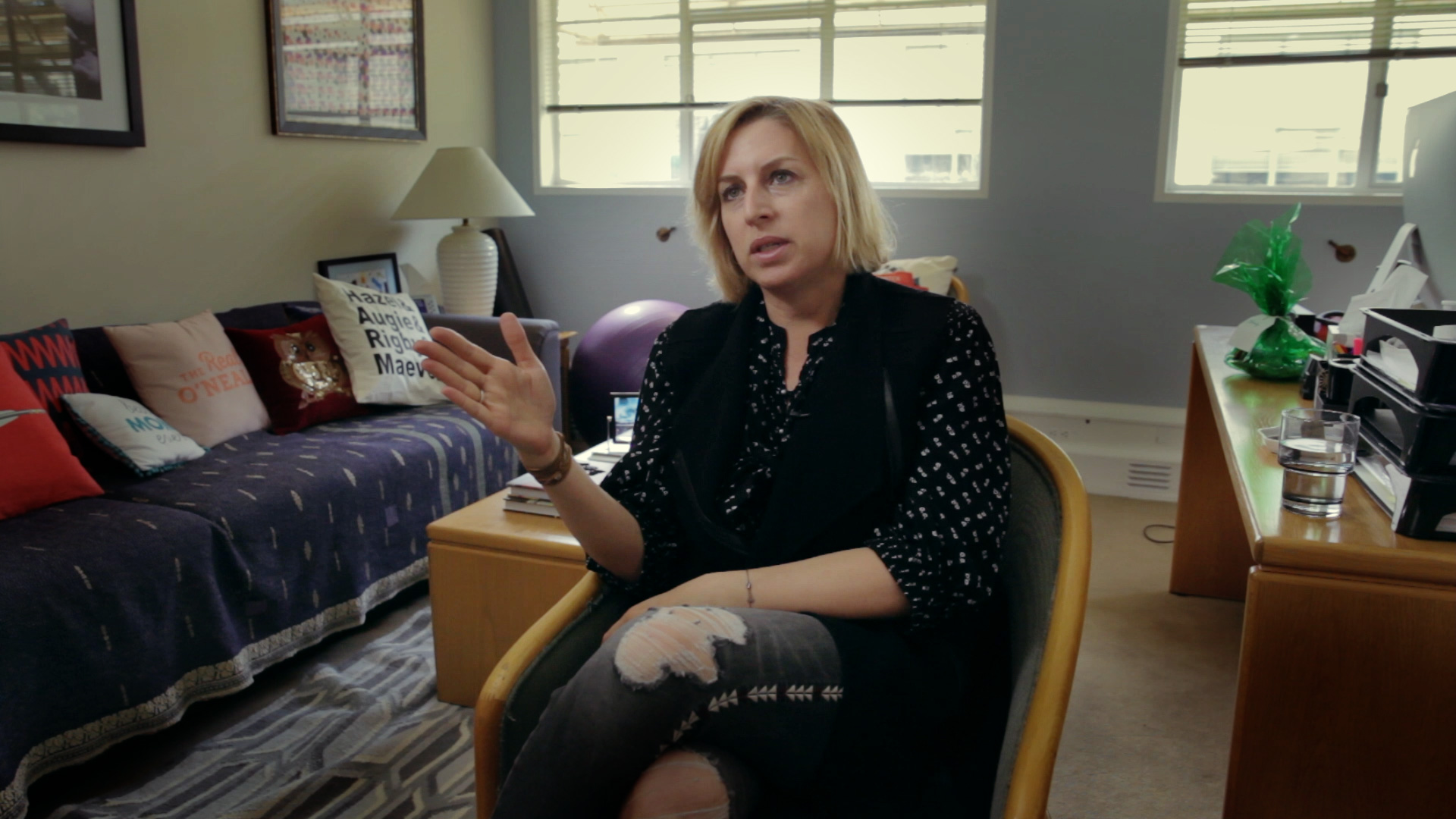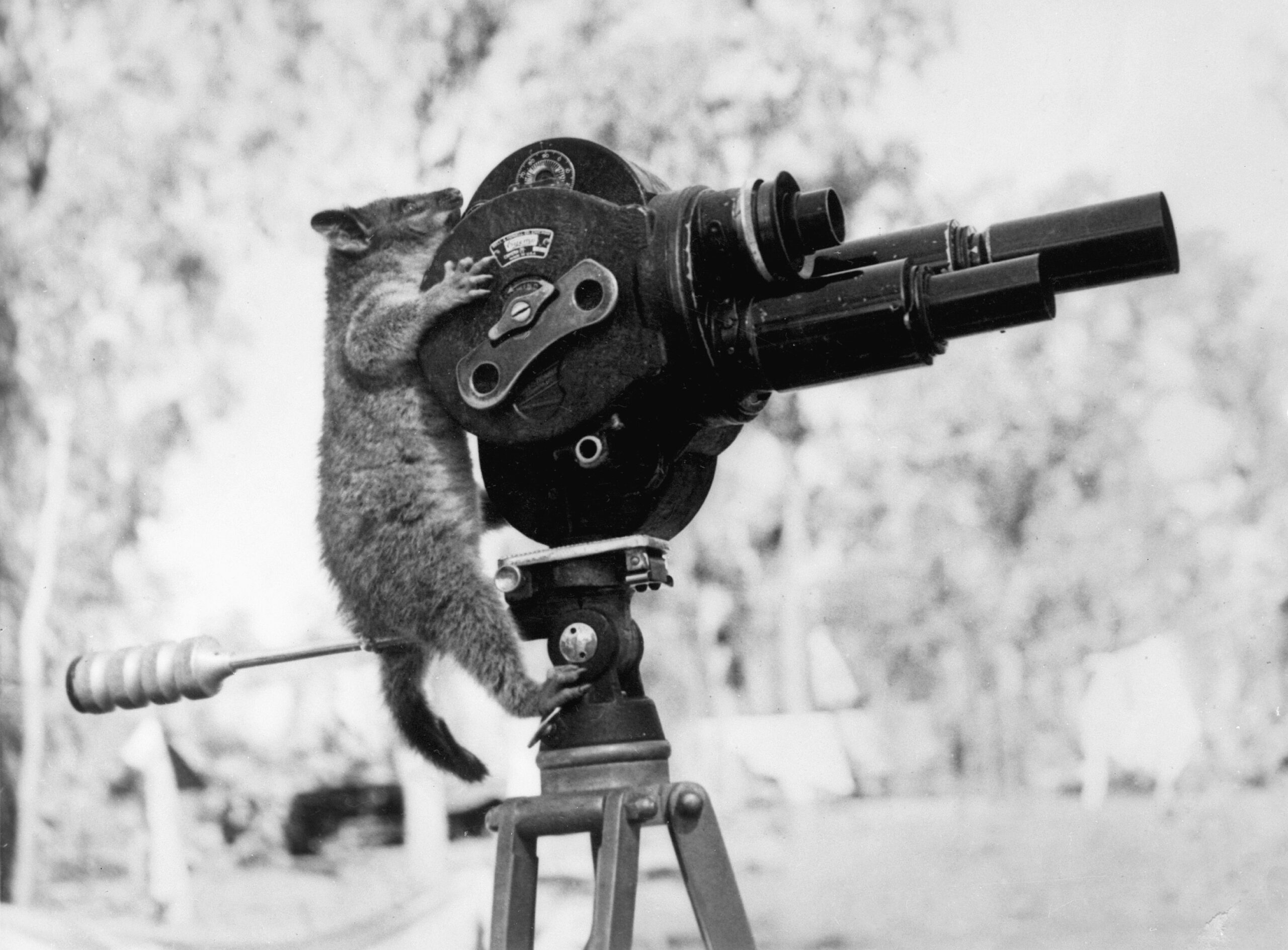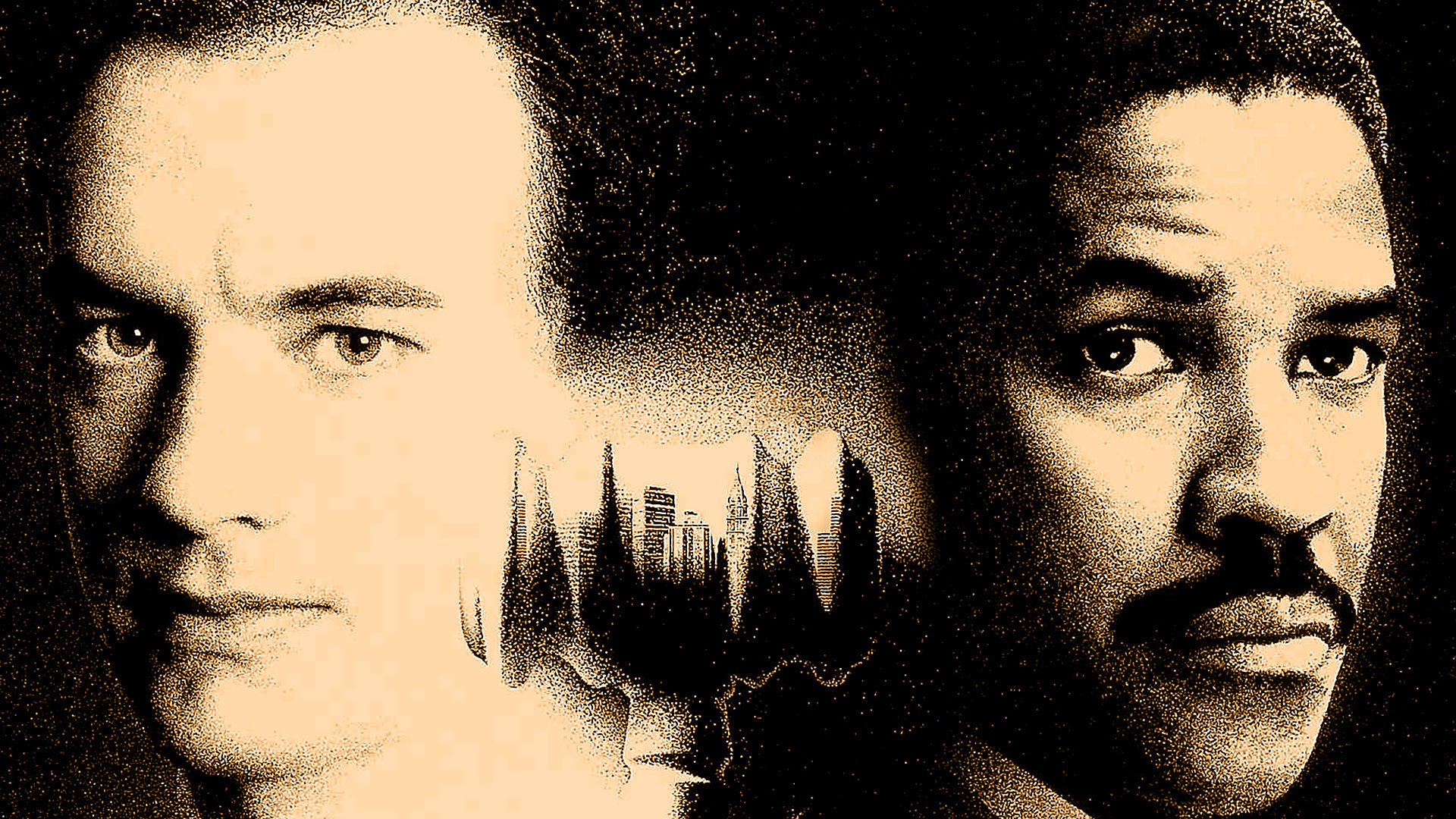When film transitioned to sync sound in the late 1920s, practitioners faced the question of sound perspective. Specifically, when recording sound on set, where should the reference for volume level be located in the filmic world? What we would call sound mixing in post-production today, and what they often referred to as dubbing and/or duping, was in its crude infancy. As a result, this audio issue became largely one for production to resolve.
One school of thought strongly believed that the camera should be the reference point for sound. There is a certain logic to this. The audience sees as if they were placed as the camera. Shouldn’t a film’s sound come from the same vantage point?
Sound recordist Edward Bernds told a story of how in 1928 United Artists brought in Dr. J. P. Maxfield, a Ph.D. in Architecture with a specialty in acoustics, to run some recording tests for them. While talking with director Roland West on set, Maxfield was appalled to discover that microphones were then placed above the actors’ heads, as close to the performers as the camera line would permit. Maxfield thought that this was all wrong, as he believed:
The ears of the audience were not above the actors. Their ears — the microphones — should be where their eyes-— the cameras — were. Roland West welcomed that idea. He told Maxfield that he stood beside the cameras and was able to hear every word spoken by his actors. Maxfield was triumphant, his theory was vindicated. He was so enthusiastic that the UA studio heads asked him to make a test, and one was arranged, with hired actors and a full camera crew.
For this shoot, Maxfield created a visual reminder for the crew:
Maxfield set up his microphones, two of them — “two ears,” he said — and placed them close to the camera booth. To complete his setup, he fastened them to a medicine ball, to simulate a man’s head.
As a practical and experienced film practitioner, Bernds saw the flaw in Maxfield’s logic that the camera had ears. Camera placement does not always determine image size and thus serves as a poor reference point for audio. Bernds wrote:
Maxfield’s idea ignored one important fact. The cameras, his “eyes,” might not move, but the lenses could be changed. With a 75mm lens, a camera, from a distance of about twelve feet, could get an excellent close-up of an actor’s teeth, if he smiled and if he had teeth. With a 50mm lens, the actor would be seen in a nicely composed medium close-up. With an 18mm lens he would be a distant figure. The camera people didn’t mention the lens change problem. They probably wished so fervently for relief from the obnoxious overhead mics that they hoped, somehow, that Maxfield’s theories could be implemented. When the test was run, the next day, it was a disaster. Even when the actors faced the camera their voices were weak and indistinct; when they turned away, their voices had a distant, voice-in-a-barreI quality. The embarrassing test film was quietly taken out of circulation, and Maxfield was seen no more.
Maxfield did not disappear immediately, and the debate on sound perspective continued. Rick Altman reports that engineers of this transitional era broke into two camps — one of RKO and the other AT&T engineers. By the early 1930s, however, Maxfield with his philosophy that the camera has ears had lost the argument. By then, techniques associated with modern post-production, namely sound mixing, became more sophisticated, and changes in sound levels could be more successfully performed after production. Practitioners stressed the need for clean and strong sound recording during production rather than setting volume levels then. They found that this sound could be more successfully manipulated in post-production. To record the cleanest sound, practitioners increasingly sought proximity to actors as they experimented with overhanging mics, boom mics, multiple mic set-ups, hidden stationary mics, and lavalier mics.
The general rule today with sound perspective with regard to dialogue is twofold. First, make sure the dialogue is intelligible and clear. Second, sound in dialogue works best when the characters are in close-up or medium shot. Even as Maxfield’s concept of the camera with ears was invalidated, the dialogue volume still seems to bear some relationship to the apparent (though not actual) camera placement —specifically, to image size in the frame. Editor Evan Schiff estimates that over 95% of the time dialogue occurs with a close-up or medium shot shown. According to Schiff, the rare occasions where this rule is broken tend to be at the very start, a moment in the middle, or at the end of scenes where audible dialogue is not the primary and dominant sound.
There are noted stylistic moments that don’t follow this rule, of course. Interestingly, they are few enough that they do stand out. One is the famed walking scene in Annie Hall (1977), where Woody Allen and Tony Roberts walk down the street bantering. At first, they appear far in the distance, an impossible distance to be clearly heard from the camera’s apparent location and yet they are. As they approach and keep talking, the volume level doesn’t change. The scene remains a stellar cinematic moment and a remarkably uncommon one.
Early sound film did indeed struggle in general with the concept of sound perspective as practitioner and audience alike adjusted to audio that came from speakers instead of from musicians in the room. For example, in the 1929 Studio Murder Mystery, two characters converse inside of a room with the camera placed outside the window. We hear them reasonably clearly from there, which today could be considered a very stylistic turn. The reviewer in the June 10th, 1929 NY Times felt otherwise:
Director Frank Tuttle depicts a woman and a girl at a window and although the window is raised about six inches, no thought is given to the fact that the voices ought to be more modulated because they are coming from the other side of what is at least presumed to be a glass interference.
For the reviewer, the sound perspective made no sense. Today, most films simply avoid this problem by choosing to show close-ups and medium shots when characters speak, so it does seem that the camera might actually have ears. Perhaps Maxfield was right after all.
Works Cited
Altman, Rick. “Sound Space.” Sound Theory, Sound Practice. Ed. Rick Altman. New York: Routledge, 1992. 46-64.
Bernds, Edward. Mr. Bernds Goes to Hollywood: My Early Life and Career in Sound Recording at Columbia with Frank Capra and Others. Lanham Md; London: The Scarecrow Press, 1999.
Annie Hall. Dir. Allen, Woody, MGM Home Entertainment Inc. MGM Home Entertainment, 2011.
Schiff, Evan. Interview. June 5th, 2015.
The Studio Murder Mystery. Dir. Tuttle, Frank. 1929.


